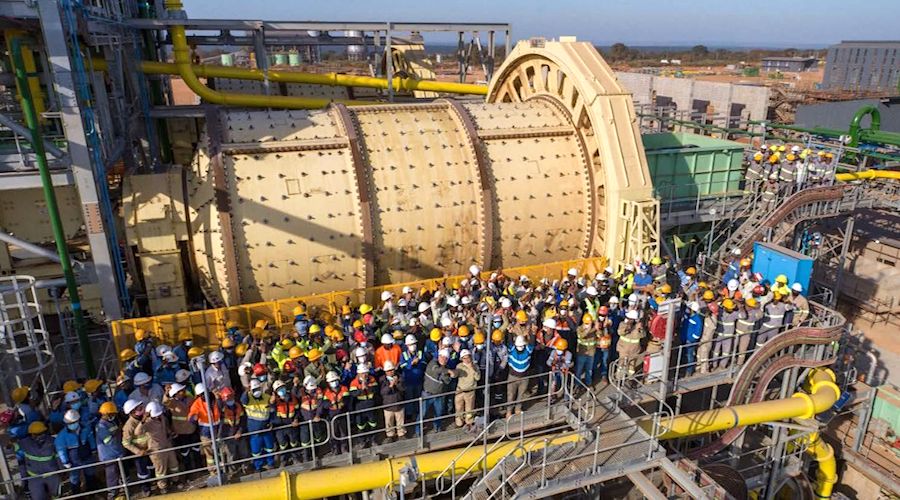DRC concentrate export ban may tighten global copper, cobalt supply

Insufficient smelting capacity, however, has driven the Congolese government to repeatedly issue waivers. In August last year, the mining ministry granted an indefinite moratorium for all minerals exports, except copper concentrate, pending discussions with miners.
The ban freeze ended on April 12 and was replaced by a framework allowing the Minister of Mines to grant individual exceptions on a case-by-case basis following an application by an interested party.
Ban freeze ended on April 12 and was replaced by a framework allowing the Minister of Mines to grant individual exceptions on a case-by-case basis.
Canada’s Ivanhoe Mines (TSX: IVN), which announced the beginning of copper concentrate production at its Kamoa-Kakula project in the DRC this week, said on Friday the export ban is unlikely to affect the operation.
“The rules recognize that a derogation may be justified for a number of reasons,” president and CFO Marna Cloete said in a statement. “Kamoa Copper has filed the necessary application materials and we have had constructive discussions with the Minister of Mines on obtaining a derogation for Kamoa-Kakula given current limitations on smelting capacity in-country.”
Haut-Katanga Governor, Jacques Kyabula Katwe, told Reuters on Friday the country wass still dealing with power deficits, which prevents mining companies from building processing facilities
“It’s better to let them [mining companies] work, but that they show us their plans for increasing smelting capacity,” he said.
Ivanhoe said the company will utilize local smelter capacity as much as possible, and is assessing the construction of its own smelting complex at Kamoa-Kakula to produce blister and anode copper.
Historic moment
Kicking off production at Kakula, the first mine planned at Ivanhoe’s concession, marked a momentous event for the copper market.
Most of the current top producing mines are decades old and, except rare exceptions such as SolGold’s Cascabel in Ecuador and Anglo American’s Quellaveco project in Peru, there haven’t been major new discoveries in years.
While copper projects are in the pipeline, producers are wary of repeating oversupply mistakes of past cycles by speeding up plans at a time when mines are getting a lot trickier and pricier to build — one reason why copper prices have traded near decade highs at above $10,000 a tonne.
Click here for an interactive chart of copper prices
A ban on exports of such metals from the DRC could put more pressure on global copper, cobalt supply. Analysts expects shortages in both markets to become evident next year.
The copper industry needs to spend upwards of $100 billion to close what could be an annual supply deficit of 4.7 million metric tonnes by 2030, according to estimates from CRU Group. The potential shortfall could reach 10 million tonnes if no mines get built, commodities trader Trafigura has said.
Commodity trader and miner Glencore (LON: GLEN) is expected restart operations at its DRC operation in 2022. Mutanda is the world’s biggest cobalt mine and also produces large amounts of copper.
Resumption of operations at the mine could help ease forecast undersupply, potentially capping further price gains.




